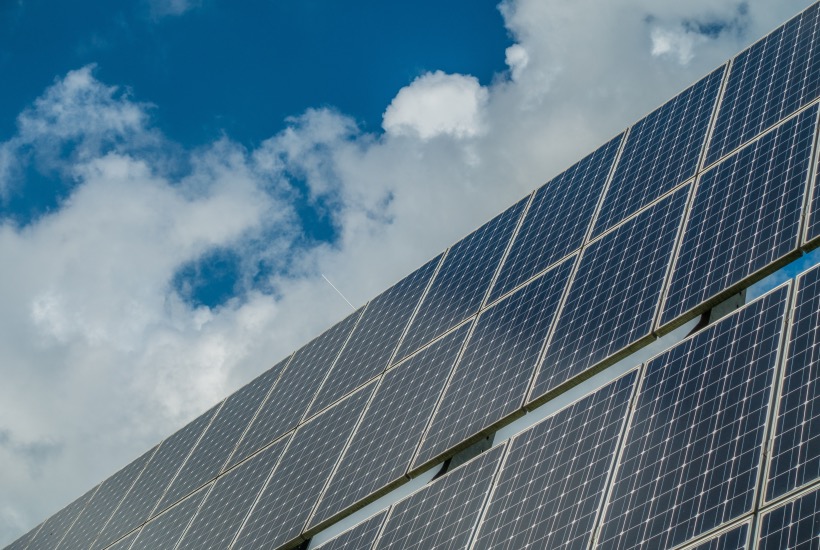Nowadays, more and more families choose to use solar panels to configure their home electricity supply in order to save energy, protect the environment and reduce energy costs. In actual operation, we need to choose the appropriate equipment according to our own needs, and install and use it correctly.
Here, we will explain how to use an inverter to connect a solar panel to power a home light bulb. Our steps are as follows:
1.Purchase inverters and solar panels
The inverter is the key device used to convert the direct current captured by the solar panels into the mains alternating current. Therefore, when purchasing an inverter, you need to consider its output power, voltage, frequency, efficiency and other related parameters, and choose an inverter that is compatible with the solar panel to ensure a stable power supply.
At the same time, we also need to buy solar panels suitable for home use. Factors such as the size and capacity of a solar panel will affect its output power. Generally speaking, smaller solar panels are suitable for supplying a small number of loads such as household lamps and small appliances, while large solar panels can be used for more purposes, such as agricultural production, construction sites, remote communications and disaster relief.
2.Install solar panels
Solar panels need to be installed in sunny places such as rooftops, terraces or yards. It should be noted that before installation, the position of the solar panel should be stable and firm, and avoid installing in places where there are trees or buildings blocking sunlight, so as not to affect the power output and use effect.
3.Connect the inverter with the solar panel
Before connecting the inverter to the solar panel, please confirm whether the parameters of the two are consistent. Generally speaking, the positive and negative poles of the inverter need to be connected to the positive and negative poles of the solar panel, and further connect the AC terminal of the inverter to the circuit of your home, so that the solar panel can be obtained by the inverter. DC energy is converted into AC energy to supply household electricity.
4.Test the working status of the inverter and solar panels
After connecting the inverter and solar panels, it is necessary to test their working status. We can use a multimeter or a special solar cell testing instrument to detect their voltage, current, temperature and other parameters. If there is any abnormal situation, you can refer to the relevant user manual for maintenance.


